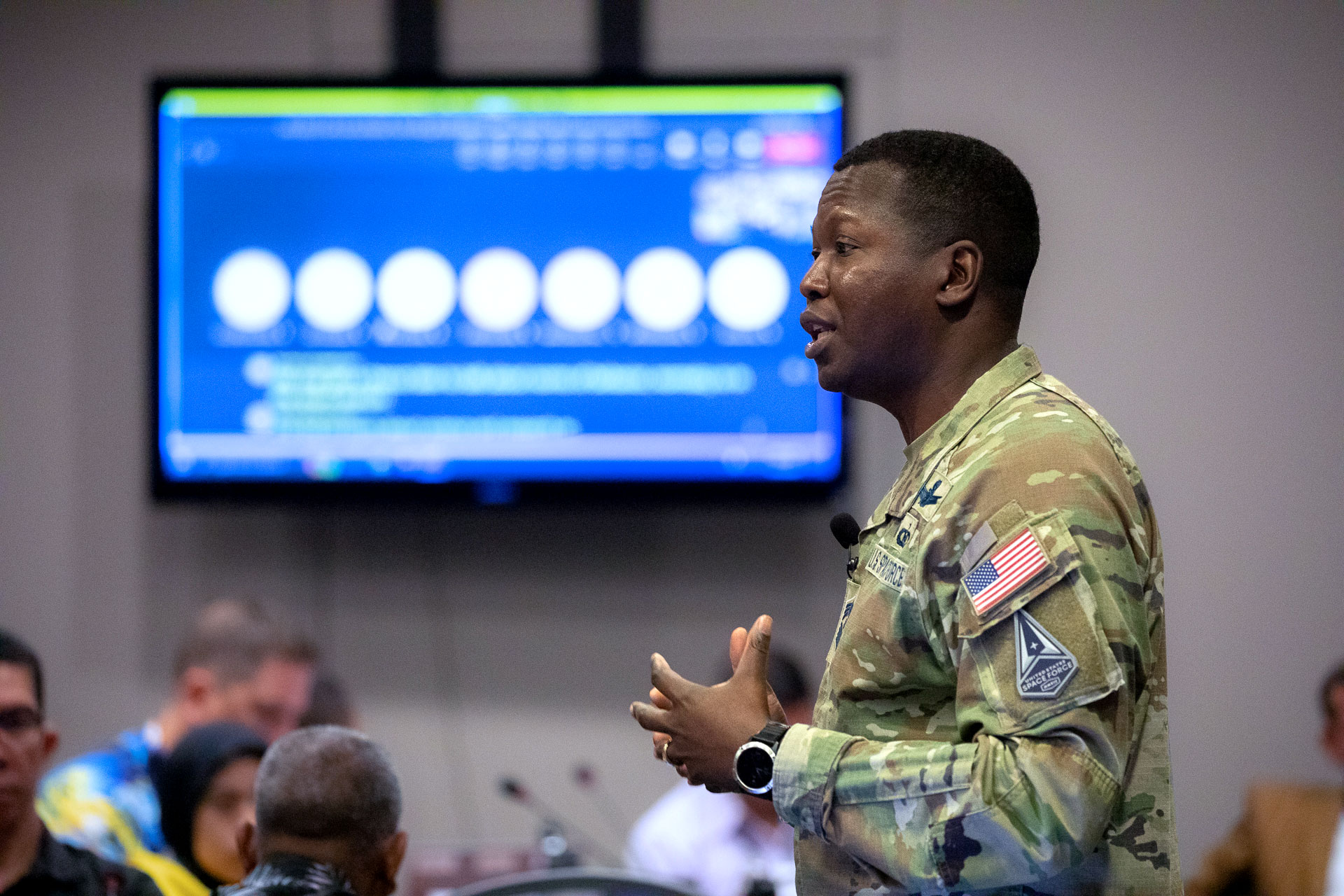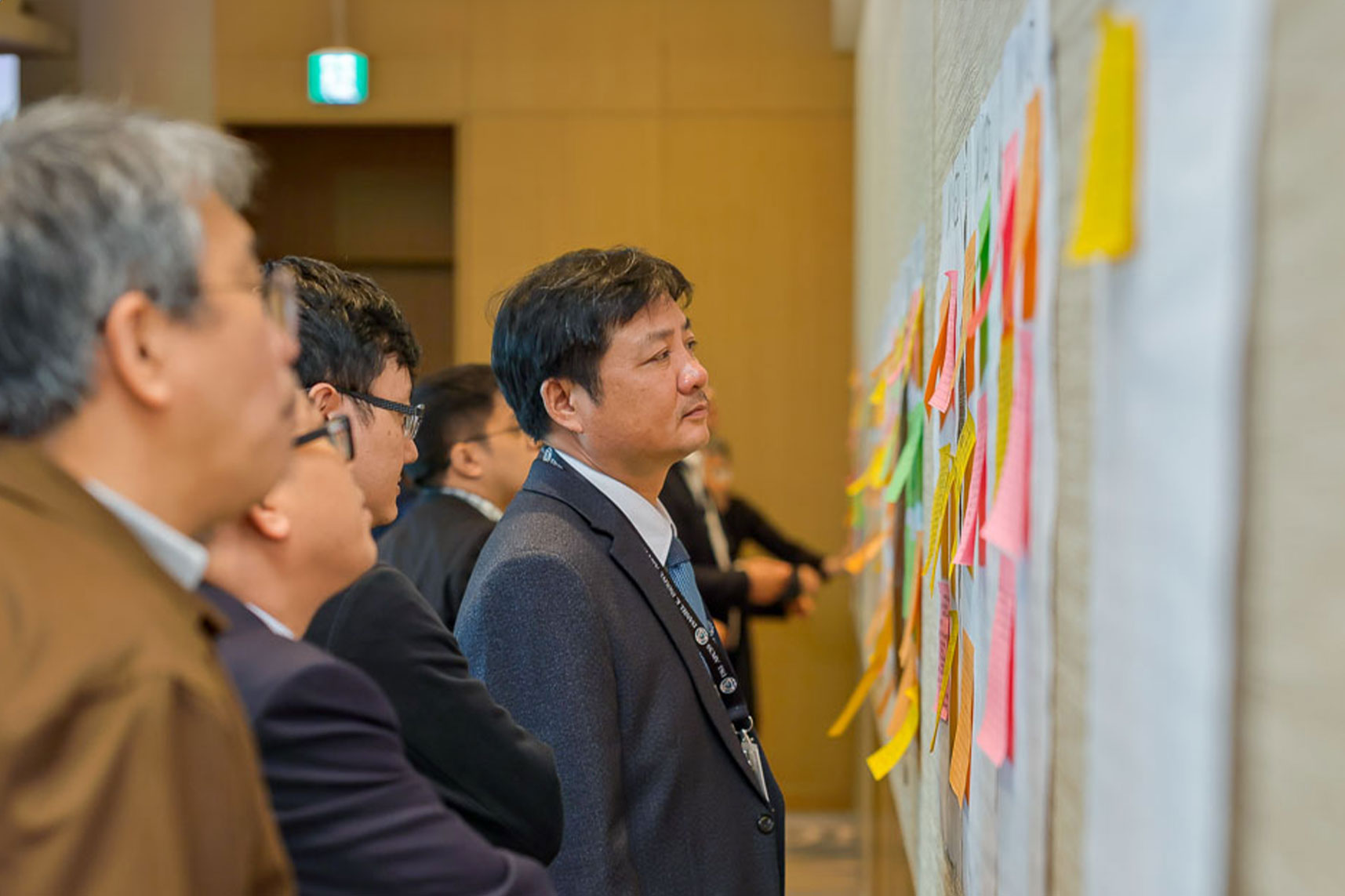From DKI APCSS in Honolulu, Hawaii, we bring you the latest Security Nexus | Webinar highlights! Hosted by Professor James Minnich, the webinar delved into the intricate nuclear landscape of the Indo-Pacific, featuring Dr. Lami Kim, an esteemed expert in nuclear proliferation and Northeast Asian security.
In a region where six nuclear-armed states and three threshold nuclear powers intersect, tensions and complexities abound. Recent assessments revealed China’s expansion to over 500 nuclear warheads with an expectation to triple that by 2035, while North Korea may have as many as 100 warheads now, and could double that by 2027. South Asia presents its dynamics, with India and Pakistan holding significant nuclear capabilities. The United States and Russia further contribute to the region’s nuclear complexity, each possessing more than 5,000 nuclear warheads.
During the webinar, Dr. Lami Kim shared her insights on various pressing issues:
- Motivations for Nuclear Development: Dr. Kim explored the unique reasons behind each country’s decision to develop nuclear weapons, shedding light on how these decisions have impacted regional stability and security dynamics.
- China’s Nuclear Strategy: The discussion touched on China’s evolving nuclear strategy, focusing on whether it is departing from its “minimum deterrence” policy and the driving factors behind its nuclear buildup.
- Implications for the U.S. and Allies: The escalation of China’s nuclear capabilities and its impact on regional security dynamics, including the positions and policies of the United States and its allies, was examined.
- India-Pakistan-China Relations: The webinar considered how China’s nuclear advancements could affect the strategic stability between India and Pakistan, potentially leading to a trilateral nuclear arms race.
- North Korea-Russia Partnership: Dr. Kim shared insights into the evolving relationship between North Korea and Russia and its implications for North Korea’s nuclear weapons program and regional security.
- South Korea’s Nuclear Policy: The possibility of South Korea pursuing a nuclear weapons program and its potential regional and global implications were discussed.
- Japan’s Evolving Security Landscape: Japan’s evolving security landscape, its strategic considerations, and the impact of external pressures were analyzed.
- Australia’s Role as a Threshold Nuclear State: The implications of Australia’s enhanced military capabilities, as indicated by the AUKUS agreement, were explored in the context of regional security dynamics and non-proliferation commitments.
The webinar also addressed audience questions, covering a wide range of topics:
- Global Nuclear Policies: How global nuclear policies and experiences, like Ukraine’s de-proliferation and North Korea’s proliferation, shape the strategic decisions of Indo-Pacific threshold nuclear states and their impact on regional security and economic stability.
- Strategic Defense and Deterrence: Comprehensive defense strategies and counter-proliferation measures adopted by Indo-Pacific countries in response to nuclear threats and their alignment with U.S. nuclear deterrent capabilities.
- Nuclear Non-Proliferation Efforts: Initiatives central to mitigating nuclear threats and maintaining a nuclear-free Indo-Pacific, considering the roles and responsibilities of nuclear-armed states.
- Military Dynamics and Nuclear Capabilities: Factors influencing military strategies and nuclear proliferation in the Indo-Pacific, especially concerning North Korea’s missile capabilities and the use of tactical nonstrategic nuclear weapons.
To access the entire webinar and dive deeper into these crucial discussions, head to the DKI APCSS YouTube channel









Leave A Comment